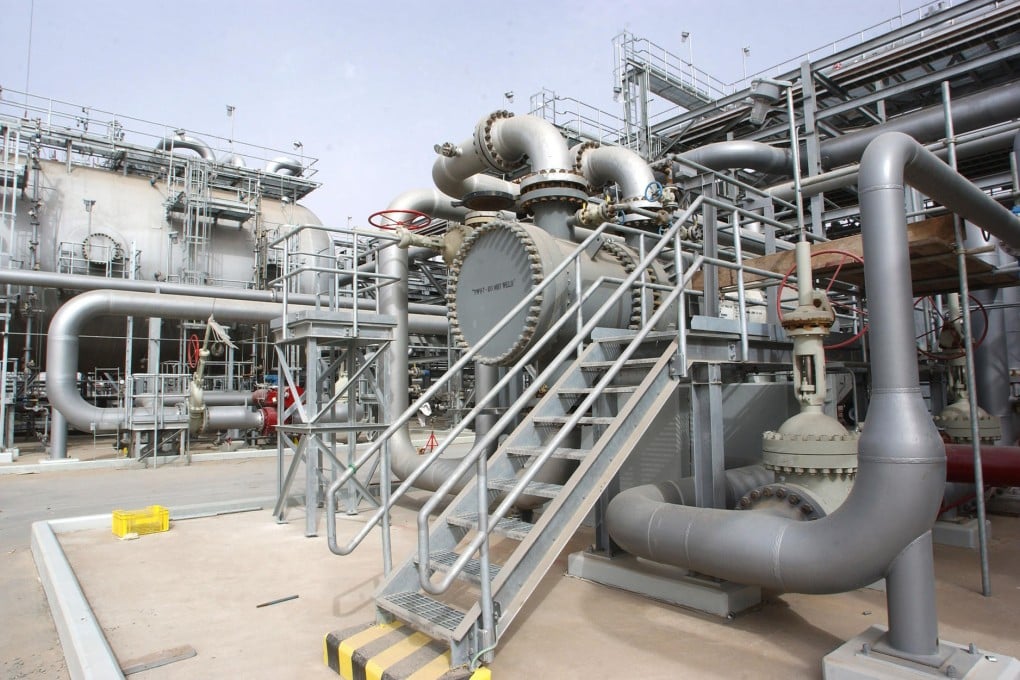Saudi Arabia's reliance on high oil prices courts disaster
Numerous risks face the kingdom's finances, with a collapse in the oil price a real possibility

Saudi Arabia is just about the only energy producer so far unaffected by the shale revolution.
Yet despite appearances, Saudi Arabia's financial and oil market strength is brittle. Saudi policymakers must successfully deal with a series of problems by the end of the decade.
Individually, each of the problems should be easy to manage, but in combination they could amount to a "perfect storm" that presents the kingdom's leaders with the most difficult challenge since the collapse in oil prices in 1998.
Saudi production of crude oil and other liquids hit a record 11.7 million barrels per day last year, according to the US Energy Information Administration.
Government oil revenues amounted to 1.14 trillion riyals (HK$2.36 trillion), up from 670 billion riyals in 2010 and almost double the figure included in the budget, according to the International Monetary Fund.
[Saudi Arabia’s] domestic energy consumption is likely to continue to rise sharply
While other energy producers have been hit by growing competition from shale, Saudi Arabia has benefited from output problems affecting the North Sea and other Opec members, which have kept prices above US$100 per barrel and enabled the kingdom to increase its market share.